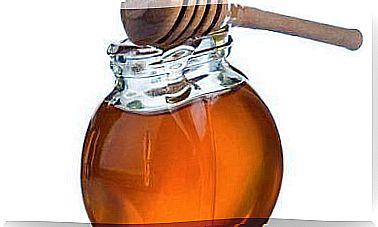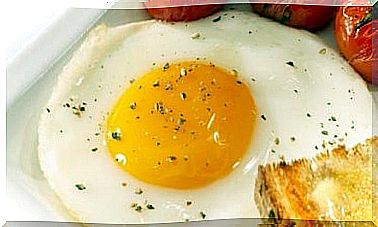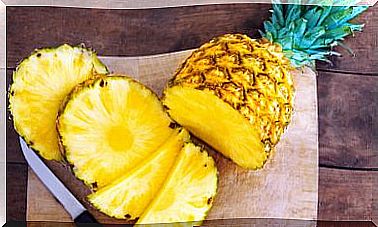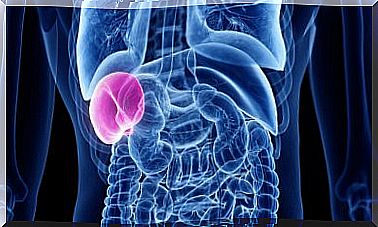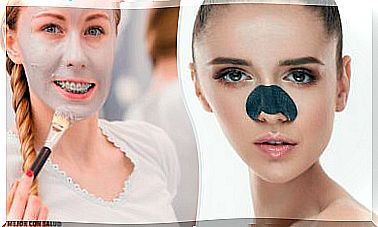Surgical Sutures: Types And Characteristics
Surgical sutures are an essential part of medicine and wound healing. As their name suggests, they are used during a surgical procedure, even if it is minor.
They allow to approximate the tissues to promote healing. They help wound edges and blood vessels heal faster and with fewer complications.
Today there are many types of sutures. Each of them has a commercial name and most also a name in relation to the material with which the elements used are made. In this article we explain everything you need to know about them.
What are the characteristics of surgical sutures?
Surgical sutures are elements that differ greatly from each other. Each of the types fulfills a series of characteristics that allow them to be more or less suitable depending on the fabric to be treated.
One of the most relevant characteristics is the thickness of the thread. Refers to the diameter of the material. It is measured by a system of zeros in which the one with the most zeros is the one with the smallest diameter. That is, the finest.
It is necessary to differentiate the thickness of the resistance. A greater thickness does not always imply greater strength in surgical sutures. According to an article in the Electronic Journal of Medical Portals, resistance is the tension that each suture can withstand.
This aspect is related, in turn, to the resistance of the sutured tissue itself. If a very strong one is used on fragile tissue, it may be injured and healing may not be achieved.
Surgical sutures are also differentiated based on their flexibility and elasticity. Flexibility refers to the stiffness of the material; the more flexible it is, the easier it is to tie the knots. Elasticity, for its part, is the elongation capacity of the thread.
Other important aspects
Surgical sutures can also vary in their tension. It is the force that must be exerted to break the thread. For this reason, the tissue to be intervened also has an influence.
In addition, it is important that all of them are well packaged, sterile and intact. Likewise, each box of sutures has an expiration date. This is because the materials that compose them can deteriorate and lose quality.
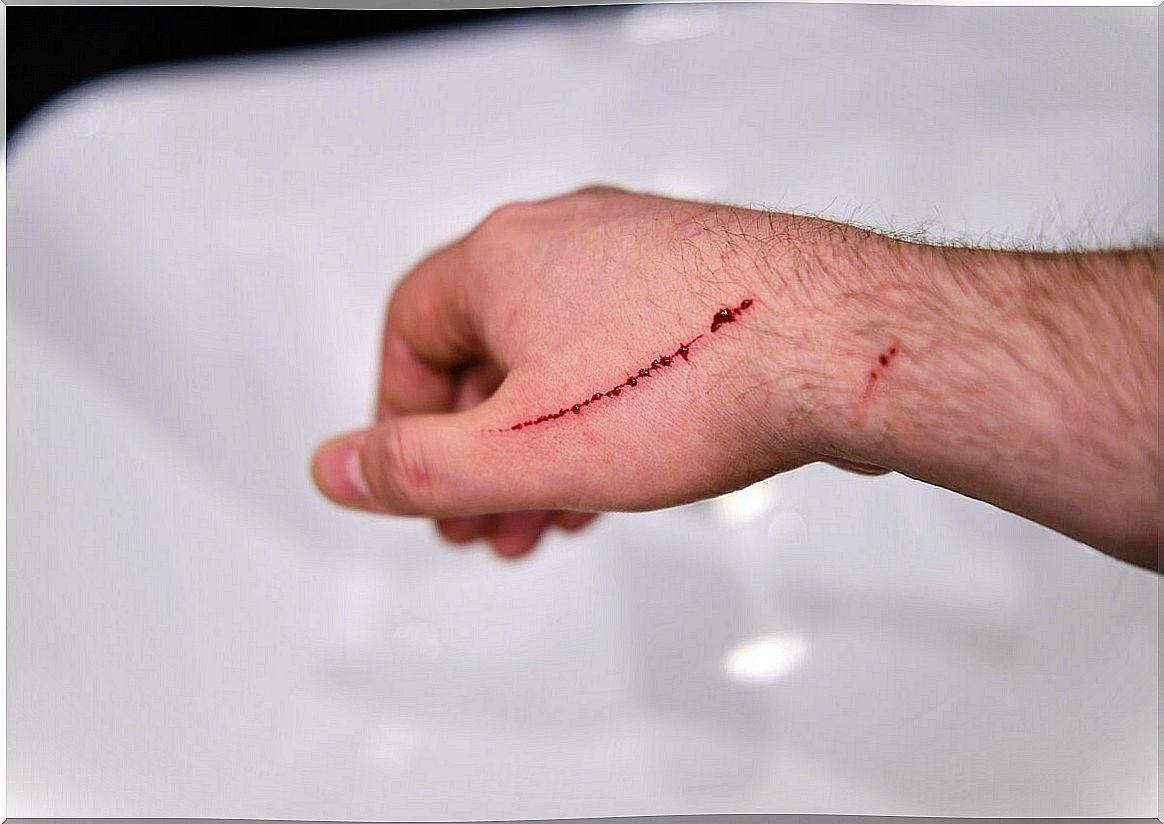
How Surgical Sutures Are Classified
Surgical sutures can be classified according to multiple aspects. In the following sections we summarize the most typical categories, both depending on the material and the type of technique chosen for suturing.
1. Absorbable or non-absorbable
Surgical sutures can be absorbable or non-absorbable. The first are those that are digested by the body itself in a more or less short period of time. That is why they do not need to be withdrawn.
As explained by the specialists from the Aragó laboratory, this degradation process is produced by a hydrolysis mechanism. They hardly cause a reaction in the tissues, but their tensile strength is lost over time.
The non-absorbable ones, on the contrary, require to be removed. This, although it can be annoying, reduces the risk of infection and the tendency to form keloid or hypertrophic scars.
2. Monofilament or multifilament
Monofilament-type surgical sutures are those that are made up of a single strand or fiber. As stated in an article by surgeons, they have a better aesthetic result and are more easily knotted than multifilaments.
The latter are made up of several fibers braided or woven together. Their main advantage is that they are more resistant and flexible. However, they are at higher risk of producing large scars.
3. Natural or synthetic surgical sutures
The natural ones, as their name suggests, are made with fabrics of natural origin. For example, those made of collagen or cotton. At the other extreme, synthetics are made of unnatural materials.
4. Ways to suture
There are different ways of suturing depending on the wound to be repaired. The most basic form is the simple knot, which is the most used for small and simple injuries.
Then we find the running suture, which is preferable for long, straight wounds. The discontinuous, on the other hand, is easy to apply in injuries that are not subjected to too much tension.
The mattress point is usually indicated in areas where the skin is very lax. Corner or continuous intradermal type surgical sutures can also be performed.
How are surgical sutures chosen?
In the previous section we have indicated which is the most indicated way of suturing according to the type of wound. However, the material chosen and the type of needle also vary depending on the injury to be repaired.
Silk is one of the most widely used surgical sutures. It is of natural origin, non-absorbable and multifilament type. It is often used for skin, blood vessels, and intestinal tissue.
Collagen, for its part, is resorbable. Like silk, it is multifilament and of natural origin. Its main use is to repair the aponeurosis, which is a membrane that covers the muscles.
Polyglactin surgical sutures are resorbable and of synthetic origin. Like polydioxanone, they are widely used in digestive and plastic surgery. Polypropylene is similar and its main purpose is nerve repair and vascular surgery.
The curvature of the needle with which it is sutured is also very important. The straights are recommended for skin wounds. The 1/4 circle ones are used more in microsurgery, while the 1/2 circle ones are more useful in the oral or nasal cavity.
How is the suturing process?
The suturing process requires taking into account a series of fundamental aspects. First of all, you have to choose well what type of suture you are going to use. In addition, you must ensure that you use adequate instruments and that there are sterile conditions to avoid infections.
Try to minimize the stress on the wound. Otherwise, healing may be slower and more problematic. On the other hand, it is necessary to make the edges slightly raised against the skin. This is explained by a study published in SEMERGEN Family Medicine.
This article states that this ensures that the scar is not depressed. In addition, it is recommended to perform the surgical sutures by planes. This is only necessary in certain cases, when the injuries are very deep.
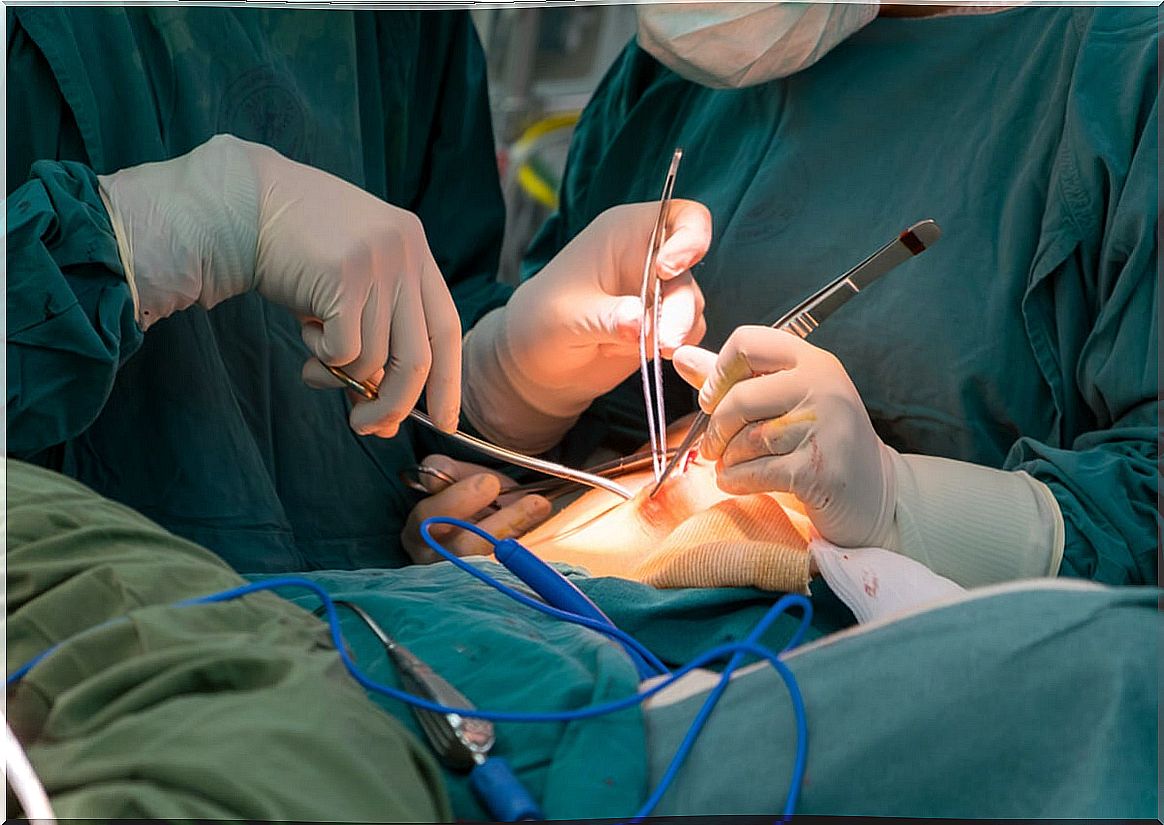
Recovery time after surgical sutures
The healing and recovery time after surgical sutures is highly variable. It depends, first of all, on each person. In addition, depending on which part of the body it is located, the time usually changes.
Wounds on the face or scalp usually heal quickly. Between 3 and 5 days is enough for those of the face, while those of the scalp can take about 10 days. Surgical sutures on arms, legs, hands, or feet may require 2 weeks of recovery.
If the surgical sutures are placed on the palms of the hands or the soles of the feet, it can take up to 3 weeks. In the trunk it is also estimated that around 14 days are sufficient.
Surgical sutures vary based on many aspects
It is important to emphasize again that surgical sutures are chosen with the characteristics of the wound and tissue in mind. Both the material and the way of using them is different and modifies the result. That is why it is always appropriate for a specialist to perform these types of techniques.


